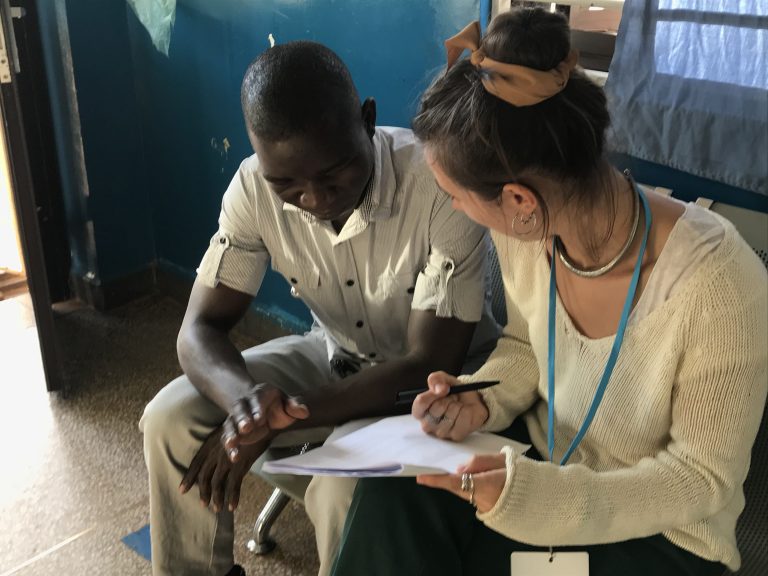Step One in a four-step training program in engineering for global development
Successful work in global development begins with planning. Students and professionals entering the field for the first time can learn to take specific steps to plan their project. Their education starts in the first module of Engineering for Change’s course, Introduction to Engineering for Global Development.
Unexpected problems can sideline even a well-designed system. Case in point: The disappearing operator.
Several years ago in Kenya a power supply operator collected fees for the electricity service and then disappeared, leaving behind nobody who knew how to operate the equipment. Henry Louie, an associate professor of electrical and computer engineering at Seattle University, was involved in the project.
Those who take the course will leave with a suite of tools to draw a working map of the project, navigate the cultural and political maze, acquire funding and prepare for obstacles before they arise.
He and his team had installed an electricity generator for a community near a private school so that the children could read and study in the evening. During the installation, the team trained a full-time operator in the technical and commercial management of the system. Two months later, the operator had taken the revenue from the community and left.
Louie tells this cautionary tale to underscore the importance of proper planning. Louie was an advisor for E4C’s first module.
The module describes practical steps to understand the problem that the practitioner is trying to solve, and to define the impact of the technological solutions, including the context in which they will work. Those who take the course will leave with a suite of tools to draw a working map of the project, navigate the cultural and political maze, acquire funding and prepare for obstacles before they arise. Even obstacles like the disappearing operator.
What you will learn in Introduction to EGD Module 1: Plan
- Frame a design challenge according to its potential impact, and then how to design a strategy to solve it.
- Define the project’s boundary conditions, such as deadlines, target markets and the financial resources available.
- Develop a budget and how to submit a proposal for funding from a granting agency.
- Manage a project and discover six management tools, including a logical framework, GANTT chart, risk analysis matrix and more.
- Apply a PESTLE (Political, Economic, Social, Technological, Legal and Environmental) analysis to understand the context in which the work will take place.
- Analyze and identify stakeholders, including potential strategic partners
- Anticipate possible risks, unintended consequences and ensure the sustainability of the project.
With better stakeholder and risk analysis, Louie and his team might have avoided trouble when the operator left.
“In our future projects, we train not only the operator but also the operator’s supervisor and others in the organization. Thankfully, in the Kenya project, we had budgeted for follow-up visits and were able to train the school headmaster so that he can train future hires,” Louie says.
New practitioners can learn how to prevent these kinds of problems by starting with the tools offered in Introduction to EGD. The course is available on demand, free of charge to E4C members and completion qualifies for a Continuing Education Unit (CEU), which is equivalent to 10 Professional Development Hours. Start here.


This webinar was creatively design with great graphics, but unfortunately the audio was terrible.
Energy solar panels plant.
010 Quirino Street, Tondo, Manila, Philippines